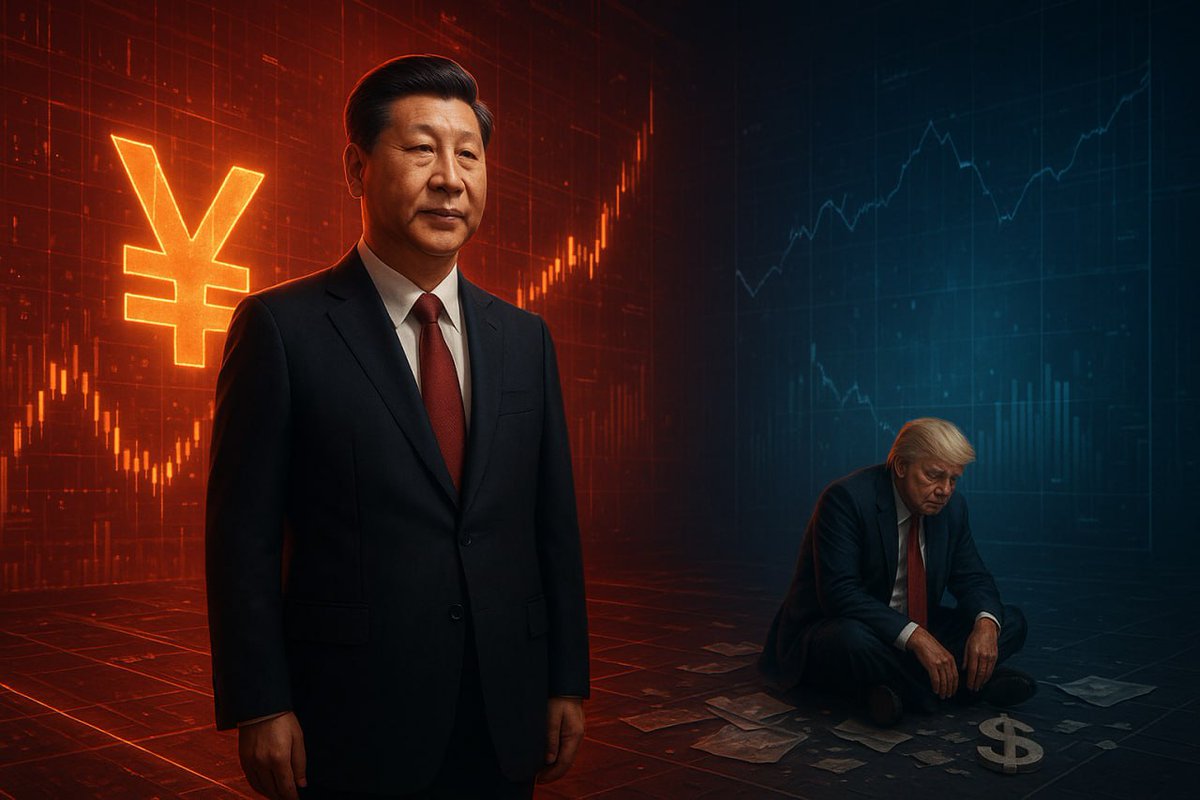🚨🇮🇱Israel's Global Spy Network: Meet the Countries Helping Mossad
Let's dissect the myth of Israeli intelligence supremacy. The recent assassinations operations in Iran and Lebanon weren't solo triumphs but exposes a regime dependent on external backing.
Here's how🧵
Let's dissect the myth of Israeli intelligence supremacy. The recent assassinations operations in Iran and Lebanon weren't solo triumphs but exposes a regime dependent on external backing.
Here's how🧵

🇸🇦🇦🇪Saudi Arabia & UAE:
Provide critical financial channels, political cover, and share vital intelligence on Iranian proxy movements through joint command centers.
Provide critical financial channels, political cover, and share vital intelligence on Iranian proxy movements through joint command centers.

🇪🇬🇯🇴Egypt & Jordan:
Offer territorial access for surveillance and coordinate border security, creating a perimeter that directly benefits Israeli intelligence operations.
Offer territorial access for surveillance and coordinate border security, creating a perimeter that directly benefits Israeli intelligence operations.

🇶🇦🇧🇭Qatar & Bahrain:
Act as diplomatic intermediaries and host joint intelligence facilities that monitor strategic maritime and air traffic in the Persian Gulf.
This network, often called the "Regional Security Construct," is a formal, not ad-hoc, partnership.
Act as diplomatic intermediaries and host joint intelligence facilities that monitor strategic maritime and air traffic in the Persian Gulf.
This network, often called the "Regional Security Construct," is a formal, not ad-hoc, partnership.

🇺🇸🇬🇧The Western Backbone: Five Eyes Integration
This regional intelligence is not isolated. It's systematically fed into and enhanced by the US-UK-led "Five Eyes" intelligence alliance.
This regional intelligence is not isolated. It's systematically fed into and enhanced by the US-UK-led "Five Eyes" intelligence alliance.
The result? A seamless kill chain:
Arab ground truth + Western SIGINT/Satellite data = Israeli strikes.
Arab ground truth + Western SIGINT/Satellite data = Israeli strikes.
A Historical Precedent: The "Kilowatt" Network
This is not new. Archival research reveals "Kilowatt," a secret 18-nation intelligence network from the 1970s.
Mossad used intelligence from European partners to execute targeted assassinations post-Munich, with Western governments' tacit approval.
This is not new. Archival research reveals "Kilowatt," a secret 18-nation intelligence network from the 1970s.
Mossad used intelligence from European partners to execute targeted assassinations post-Munich, with Western governments' tacit approval.

The Inherent Vulnerability
This dependency is Israel's Achilles' heel. The recent attempted strike on Qatari soil backfired dramatically.
It threatened this fragile alliance, revealing that geopolitical shifts can sever these ties, forcing the US to rein in its client state.
This dependency is Israel's Achilles' heel. The recent attempted strike on Qatari soil backfired dramatically.
It threatened this fragile alliance, revealing that geopolitical shifts can sever these ties, forcing the US to rein in its client state.

Final Thought
As the region navigates a precarious future, these deniable, undocumented intelligence channels will be more crucial than ever for Israel.
The critical question remains: How long can it retain the trust of its covert allies in the face of escalating regional tensions?
As the region navigates a precarious future, these deniable, undocumented intelligence channels will be more crucial than ever for Israel.
The critical question remains: How long can it retain the trust of its covert allies in the face of escalating regional tensions?

• • •
Missing some Tweet in this thread? You can try to
force a refresh


















